The Making of Silent Running (1972) – Douglas Trumbull
Silent Running is a landmark 1972 film directed by Douglas Trumbull. Over the years, it became a cult sci-fi classic and is seen as one of the most pivotal philosophical movies for environmental movement. Recall that Greenpeace was started in 1971 and the spirit of the times was chiming with anti-nuclear sentiment. Obliteration of humankind was indeed an apocalyptic possibility under Cold War. Rachel Carson’s hugely influential 1962 book Silent Spring which showed the global impact of the pesticide DDT […]

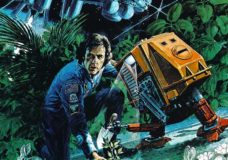







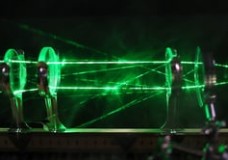

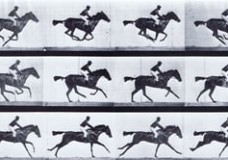
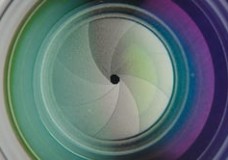

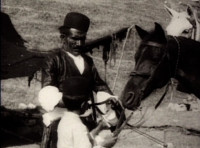


Recent Comments